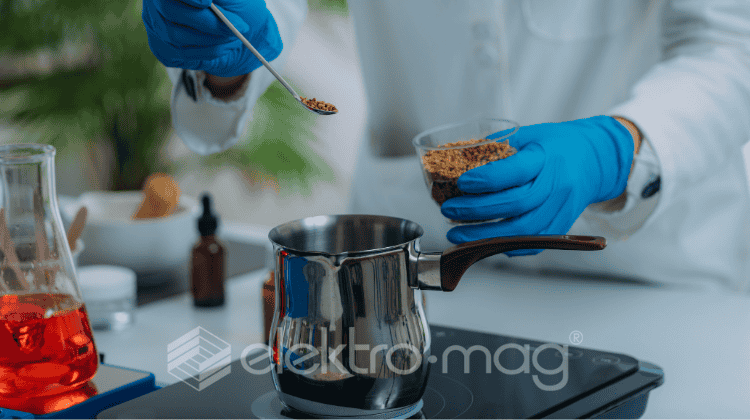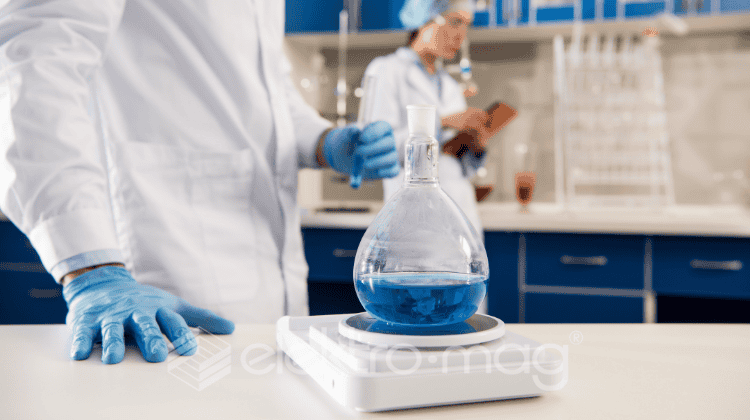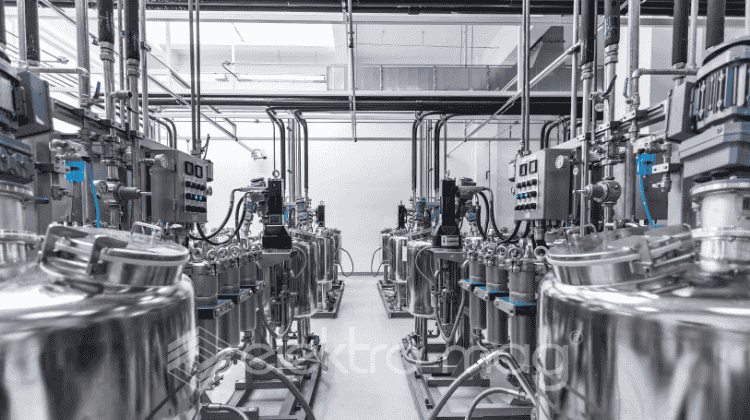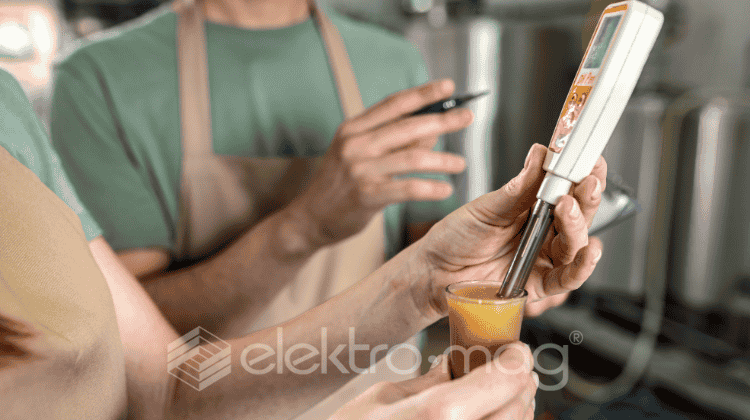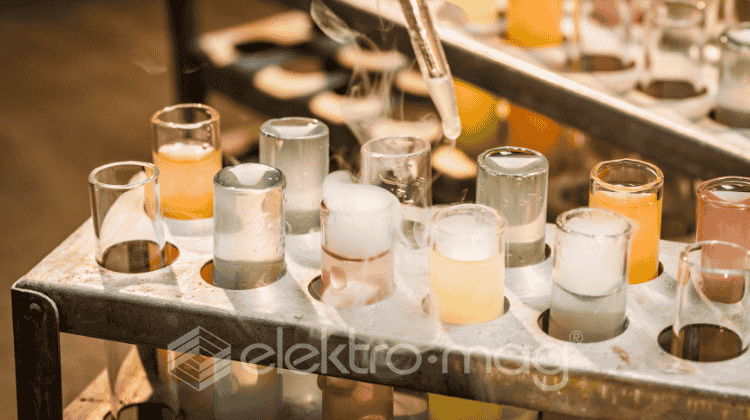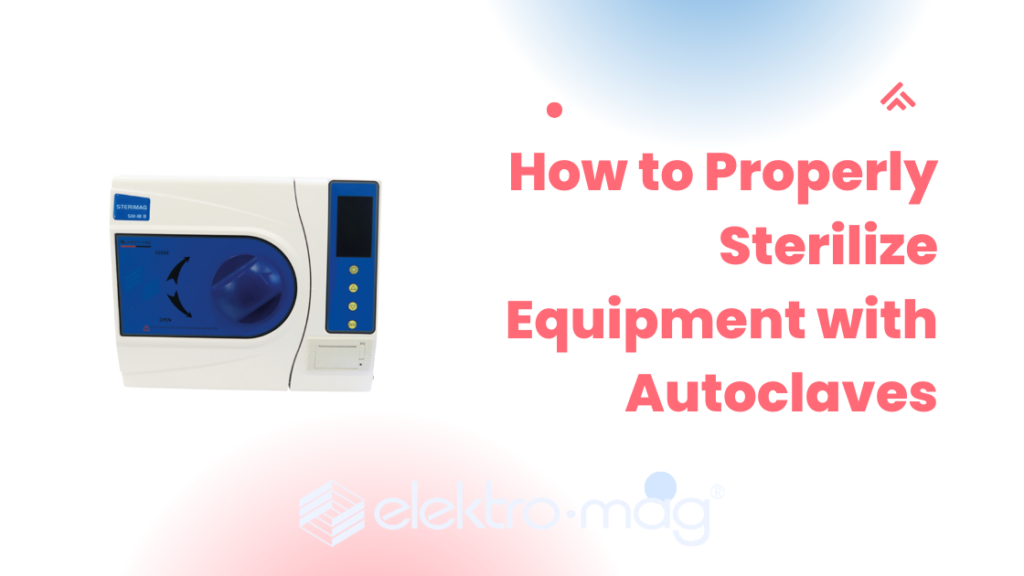
Autoclaves are commonly used in medical and laboratory settings to sterilize equipment and ensure the safety of patients and researchers. Proper sterilization techniques are essential to prevent the spread of infections and maintain a sterile environment. In this paragraph, we will discuss the steps involved in properly sterilizing equipment with autoclaves to ensure effective sterilization and maintain a clean and safe working environment.
5 Steps to Follow for Successful Autoclave Validation
- The importance of following manufacturer’s instructions for loading equipment into the autoclave and setting the appropriate sterilization parameters.
- The significance of properly preparing equipment for sterilization, including cleaning, wrapping, and ensuring proper placement within the autoclave.
- The necessity of monitoring and recording key variables during the autoclave cycle to ensure that sterilization is achieved effectively.
- The role of routine maintenance and calibration in ensuring the continued effectiveness of autoclaves for sterilizing equipment.
- The potential consequences of improper autoclave validation, such as inadequate sterilisation leading to infections or contamination in medical or laboratory settings,
How Do You Choose the Right Autoclave for Your Needs?
|
Feature |
||
|
Sterilizing Temperature |
121⁰C – 134⁰C |
121⁰C – 134⁰C |
|
Capacity (Chamber Volume) |
18 liters |
23 liters |
|
Drying Procedure |
Vacuum Drying |
Vacuum Drying |
|
Tests |
Bowie-Dick & Vacuum Test |
Bowie-Dick & Vacuum Test |
|
Power Rating |
2000 W |
2000 W |
|
Door Lock |
Double-Controlled |
Double-Controlled |
|
Chamber Material |
Stainless Steel |
Stainless Steel |
|
Power Supply |
AC 190-240V / 50-60 Hz |
AC 190-240V / 50-60 Hz |
When choosing the right autoclave for your needs, it is important to consider factors such as sterilising temperature, capacity, drying procedure, tests performed, power rating, door lock mechanism, chamber material, and power supply. The SM 18 B and SM 23 B autoclaves are both Class B autoclaves with sterilising temperatures ranging from 121 °C to 134 °C. The SM 18 B has a chamber volume of 18 litres, while the SM 23 B has a chamber volume of 23 litres. Both autoclaves feature vacuum drying procedures and undergo Bowie-Dick and vacuum tests to ensure proper sterilisation. Additionally, they both have a power rating of 2000 W, a double-controlled door lock mechanism, and are made of stainless steel. The power supply for both autoclaves is AC 190–240V at 50–60 Hz.
For example, the SM 18 B autoclave would be suitable for a small dental clinic looking to sterilise instruments efficiently, while the SM 23 B would be ideal for a larger medical facility with higher sterilisation needs. Both autoclaves provide reliable sterilisation results due to their rigours testing procedures and high-quality construction materials.
However, a detailed counterexample could be if the SM 18 B autoclave malfunctioned during a vacuum test, causing it to not properly sterilise instruments despite its specifications. Additionally, if the SM 23 B autoclave’s power supply fluctuated outside of the specified range, it could potentially lead to inconsistent sterilisation results and compromise the safety of patients in the larger medical facility.

